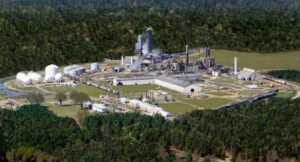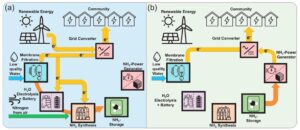Mitsui & Co. and CF Industries plan CCS ammonia production on US Gulf Coast
Mitsui & Co. and CF Industries will jointly develop a greenfield facility that will produce CCS ammonia on the US Gulf Coast. The partners are targeting a reduction of at least 60% emissions compared to conventional ammonia production, with ammonia production to begin by 2027 at the earliest.









